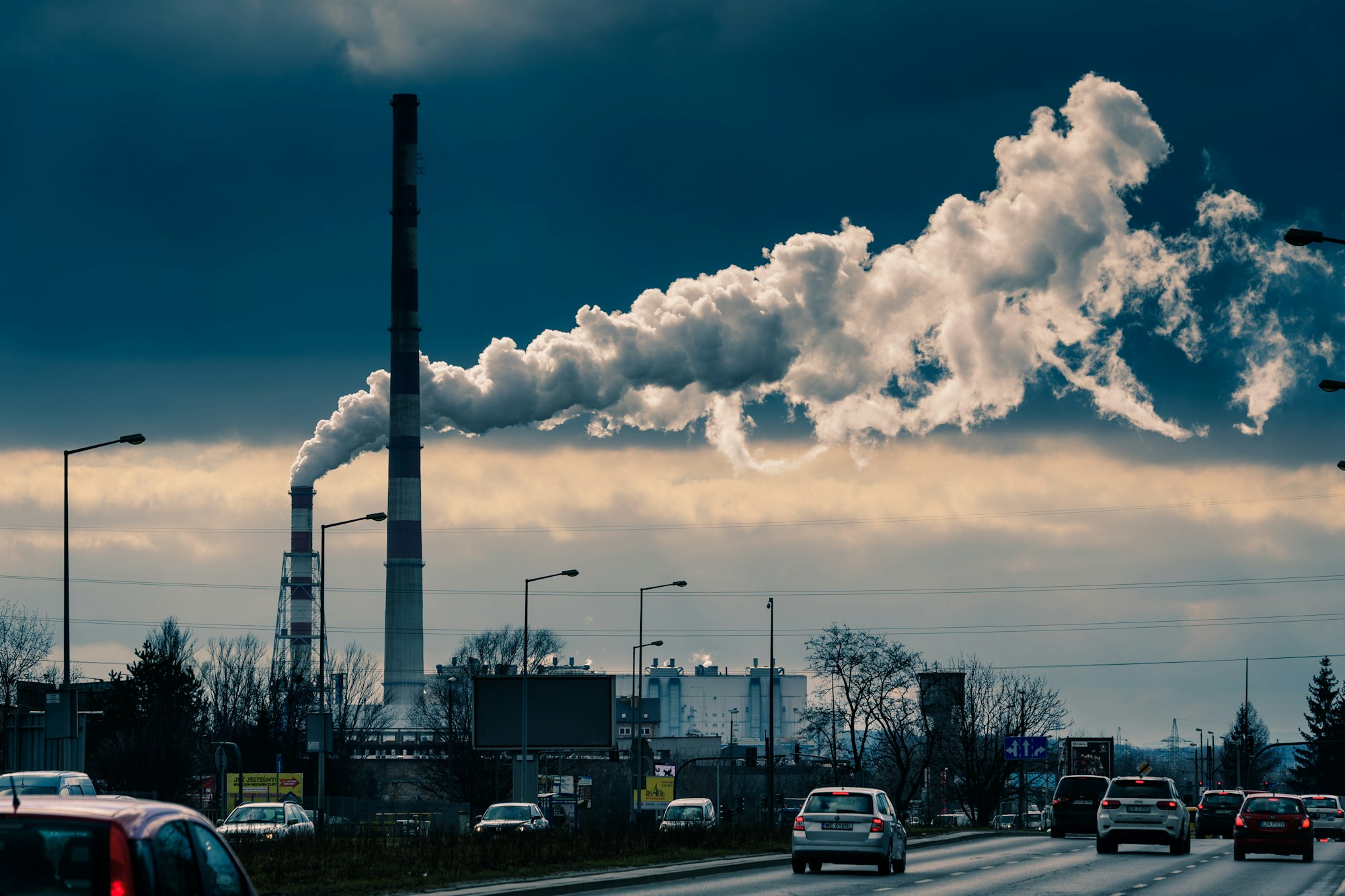EPA Grants Funding to Support Air Quality Monitoring Projects to Reduce Community Air Pollution

Late last year, the U.S. Environmental Protection Agency announced its selection of 132 air monitoring projects to receive a combined $53.4 million in grant funding to address health outcome disparities from air pollution. Enabled by the American Rescue Plan and the Inflation Reduction Act, the funding is intended to support more robust air quality monitoring and community-government air quality monitoring partnerships with an emphasis on historically marginalized and underinvested communities.
Air pollution poses a dangerous threat to human health, exacerbating a broad range of issues including respiratory and cardiovascular disease. Pollution levels, types, and effects vary across regions and neighborhoods, disproportionately affecting already underserved communities. Actions to alleviate air pollution’s disproportionate health burden align with the goals of environmental justice, which aims to provide everyone the same degree of access to federal agency actions surrounding environmental laws and protection from environmental and health hazards.
At QuantAQ, we believe that environmental justice for air quality begins with a better understanding of what’s in the air that people are breathing. We are proud to be the vendor of choice for many of the grant awardees and are excited to help them improve the air quality monitoring capacity in their communities over the next few years. The awarded funds will enable the building of accurate and reliable air quality monitoring sensor networks, data from which will help determine what’s causing air pollution, so our partners can apply these insights to improve public health.
“These grants represent one of, if not the largest, investments in community-scale air quality monitoring in United States history,” says QuantAQ CEO David Hagan. We’re incredibly excited to be awarded the opportunity to support communities’ air quality monitoring needs.”
We’re thrilled that federal support is expanding to advance equal environmental protections —and that we can collaborate with our dedicated partners for improved community health. Read about their award-winning projects below - the following is a living list that will be updated as more projects come online throughout the second half of 2023.
Partner Projects
Last Updated: October 11th, 2024
Southern Research Institute, Birmingham, Alabama
Southern Research Institute will partner with the City of Birmingham to monitor air pollutant concentrations in two underserved neighborhoods. The goal is to provide these communities with near-real time access to air quality data and to better understand emission patterns and exposures.
State of Alaska
The State of Alaska will expand and maintain its low-cost air sensor network for Alaskan communities statewide. The expansion of the air sensor network will provide baseline air quality data for areas not covered by the State's regulatory monitoring network and will provide outreach, education, and assistance to the communities with sensors.
Pima County Department of Environmental Quality, Arizona
The County will deploy and operate a network of QuantAQ sensors to measure outdoor air pollution across Pima County schools. The project aims to improve exposure measurements of selected air pollutants for the entire population, environmental justice communities in particular.
Maryland Department of the Environment
In an academic and community-driven collaboration, the Maryland Department of the Environment will deploy a network of QuantAQ sensors in response to local air quality challenges, identifying and implementing air pollution exposure and risk reduction measures in the overburdened and underserved communities of Cheverly, Curtis Bay, and Turner Station.
City of New Bedford, Massachusetts
The City will partner with QuantAQ and other local organizations to better understand air quality disparities, inform public policy, and realize equitable health outcomes. Community involvement, outreach materials, and real-time air quality data will directly engage City residents.
Housing Authority of Elizabeth, New Jersey
Groundwork Elizabeth is partnering with the Housing Authority City of Elizabeth (HACE) and Rutgers University with support from the City to engage residents and increase community knowledge of air pollution. QuantAQ sensors are installed at over 10 locations, with a specific focus on real-time air quality insights for overburdened residents.
State University of New York, Albany
Working closely with local partners, UAlbany researchers will use QuantAQ sensors to measure the air quality inside and outside five community schools across New York's Capital District, in addition to a mobile lab. Data will be used to estimate air pollution exposure and suggest ways to make the air cleaner and healthier.
Commonwealth of Pennsylvania
The Commonwealth of Pennsylvania was awarded grant funding to support a project studying the impact of air pollution in and around the environmental justice community in the City of Chester. The results of the study will help to educate the Commonwealth and some of its partners, including the Delaware County planning division, on the air pollution gradient across portions of the environmental justice community.
City of Madison, Wisconsin
The City of Madison chose to partner with QuantAQ for its new city-wide network of air quality sensors. Focusing on particulate matter, the project will provide accurate, real-time, neighborhood-specific information to citizens and community leaders working to address the causes and health consequences of air pollution.
Wisconsin Department of Natural Resources
The Wisconsin Department of Natural Resources will partner with QuantAQ to determine local hotspots and emission sources. A focus will be placed on identifying where disparity exists and what mitigation options can be identified, promoted and communicated locally to resolve disproportionate impacts.
Montana Department of Environmental Quality
Montana DEQ's community monitoring initiative focuses on using low-cost air sensors to fill air quality data gaps in rural and underserved Montana communities to improve the public's access to local air quality data and facilitate better public health messaging. The project focuses on smoke-derived particulate matter, the pollutant of greatest threat to Montana's population.

